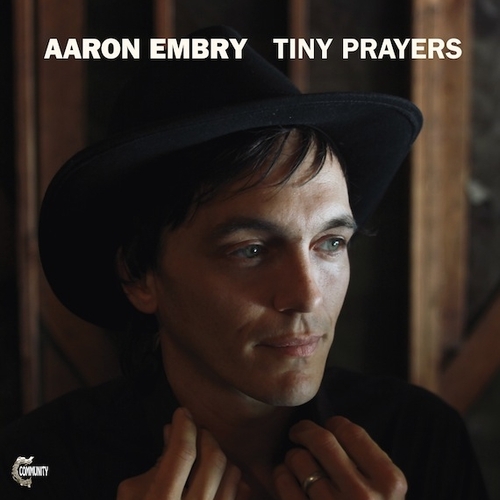Videos by American Songwriter
This stark, black-and-white film follows Bob Dylan during the titular years as he matured from a sharp, yet shy folksinger to the confident black leather-jacketed leader of an electric folk rock band. Unlike Don’t Look Back, this doesn’t spend much time following Dylan offstage.
Label: CMV/LEGACY
[Rating: 4]
This stark, black-and-white film follows Bob Dylan during the titular years as he matured from a sharp, yet shy folksinger to the confident black leather-jacketed leader of an electric folk rock band. Unlike Don’t Look Back, this doesn’t spend much time following Dylan offstage. Rather, director Murray Lerner lets his subject define himself through performances at the Newport Folk Festival. Certainly the 1965 footage of Dylan “going electric” for two songs with a Paul Butterfield-less Butterfield Blues Band in tow is the major attraction. But even though Mike Bloomfield is fiery during slashing lead guitar fills on a scorching “Maggie’s Farm” and “Like a Rolling Stone” brings an edgy, if somewhat sloppy intensity, those tunes don’t define this film. Like the Stones’ Altamont gig in Gimme Shelter, this 1965 footage is the culmination of these formative years. It’s the climax to a tale of a musician shown both reacting to and against his times. The scenes of Dylan in daytime, mostly at improvisational folk workshops, best capture the folksinger from the other side of the mirror. A bonus half-hour interview with the still vibrant director, Lerner, where he articulately and philosophically explains his motives and inspiration for the film, while deconstructing the ‘60s, is also essential to understanding this enlightening and noteworthy documentary.














Leave a Reply
Only members can comment. Become a member. Already a member? Log in.